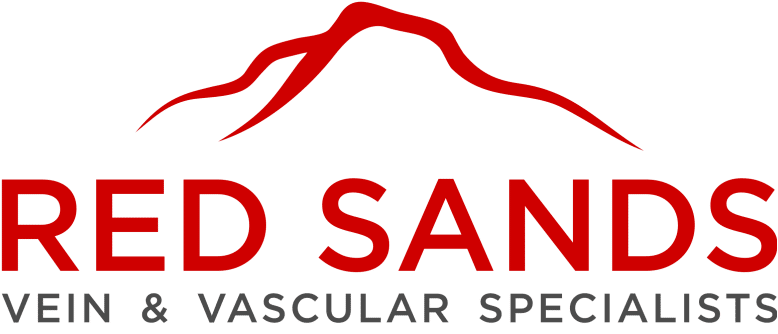About Spider Veins
Spider veins (telangiectasias) and reticular veins are similar to varicose veins, but smaller and found closer to the skin’s surface. They take their name from their appearance, which resembles a spider’s web. Usually red or blue in color, they vary in size and can be found in other areas of the body besides the legs, including the face.


Symptoms
Spider veins symptoms appear most commonly between the ages of 30 and 70. There are not usually any symptoms other than their appearance. As the disease progresses, the legs may begin to feel heavy, tired and achy, and these symptoms worsen with prolonged periods of sitting or standing. Muscle cramping may be accompanied by a burning and throbbing feeling in the lower legs. These symptoms are likely a result of other veins below the skin surface.
Causes
Unavoidable underlying causes of chronic venous insufficiency that can lead to spider veins include an inherited genetic predisposition and the normal aging process. Any condition that puts more pressure on leg veins – including standing for long periods of time, being overweight, or pregnancy – can also cause this condition. Women are at greater risk than men due to hormonal changes that relax vein walls during pregnancy, pre-menstruation or menopause. Birth control pills and hormone replacement therapy may also increase the risk. A history of blood clots and conditions that increase pressure in the abdomen, such as tumors, constipation and tight garments like girdles can also contribute.
Diagnosis
Spider vein diagnosis can be done with physical examination alone. If there are other signs and symptoms of chronic venous insufficiency, an ultrasound examination can be performed to evaluate for other problematic veins.
Treatment Options
If you have spider veins without any symptoms, no treatment is necessary. Cosmetic treatments can be performed, but these are not routinely covered by insurance.
People who have spider veins with pain or other symptoms, leg swelling, or more advanced venous disease can be treated to alleviate symptoms. Treatment for symptomatic vein disease is usually covered by insurance.
Treatment options include:
- Liquid sclerotherapy
- Laser therapy
